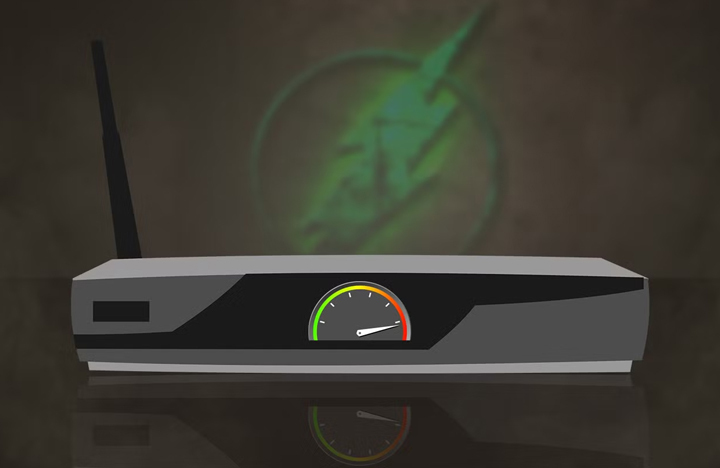A sluggish internet connection can be a source of endless frustration, especially when you are trying to work, stream, or game. If you are experiencing slow speeds or connection drops, one of the easiest and most effective ways to restore or boost your internet speed is by resetting your router. This simple trick can resolve many common connectivity issues without the need for technical expertise. In this guide, we will cover why resetting your router works, when to do it, and how to reset it properly.
Why Resetting Your Router Works
Routers, like any piece of technology, can get bogged down over time. Here are a few reasons why resetting your router can improve your internet speed:
- Clears Network Congestion: Over time, the router’s memory can become overloaded with data, slowing down your connection. A reset clears out this data, allowing for a fresh start.
- Updates Network Settings: Your Internet Service Provider (ISP) may make updates to your connection settings, which sometimes do not automatically reach your router. A reset forces the router to re-sync with your ISP, which can enhance performance.
- Fixes Minor Software Glitches: Like your computer or smartphone, routers can suffer from minor software glitches that build up over time. Resetting can fix these glitches and improve stability.
When to Reset Your Router
- Frequent Connection Drops: If you experience random disconnections from the internet, a reset can help stabilize your connection.
- Slow Speeds Despite Paying for High-Speed Internet: If your internet speed is consistently slower than what you are paying for, resetting your router could resolve the issue.
- After a Power Outage: If your home has experienced a power outage, your router may not reconnect properly to your ISP. A quick reset can help re-establish a proper connection.
- Unresponsive Router: If the router becomes unresponsive or you can’t access the internet at all, a reset is often the best way to regain control.
How to Reset Your Router: Step-by-Step
Resetting your router is simple, but it’s important to follow the right steps to avoid unnecessary complications.
1. Power Cycle Your Router (Soft Reset)
- Step 1: Unplug the power cable from your router. Leave it unplugged for about 30 seconds.
- Step 2: Plug the power cable back into the router and wait for all the indicator lights to turn on.
- Step 3: Once the lights are steady, try reconnecting to your Wi-Fi and check if the speed has improved.
This process, known as a power cycle or soft reset, often resolves minor issues. It’s usually the best first step before attempting a full reset.
2. Perform a Factory Reset (Hard Reset)
If a power cycle doesn’t solve the issue, you might need to perform a factory reset. This should be a last resort, as it will erase all custom settings (like Wi-Fi passwords and network names).
- Step 1: Locate the reset button on your router. It’s often a small, recessed button on the back.
- Step 2: Using a paperclip or pin, press and hold the reset button for about 10-15 seconds until the lights on the router blink.
- Step 3: Release the button and wait for the router to restart. This may take a few minutes.
- Step 4: After the reset, you will need to set up your router again, including setting a new Wi-Fi password and network name.
Important: Make sure to have your ISP’s login credentials handy before doing a factory reset, as you might need them to configure your router.
Tips for Maintaining a Strong Connection
- Place Your Router in a Central Location: Position your router in the center of your home to ensure even coverage and reduce interference.
- Keep the Router Updated: Check for firmware updates regularly to ensure optimal performance and security.
- Minimize Interference: Keep your router away from other electronics, like microwaves and cordless phones, that can cause interference.
- Consider a Reboot Schedule: For consistent performance, schedule a router reboot every few weeks. This can help maintain speed and prevent minor issues from building up.
A slow or unstable internet connection doesn’t always require a call to your ISP. Often, a simple reset can make a big difference, restoring the speed and stability you expect. Whether you are dealing with frequent drops, slow speeds, or a total connection loss, knowing how to reset your router properly can save time and frustration. By following these steps, you can quickly get back to surfing, streaming, and staying connected.

Comments
Leave a comment